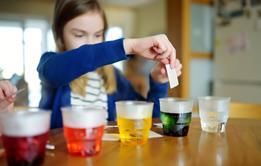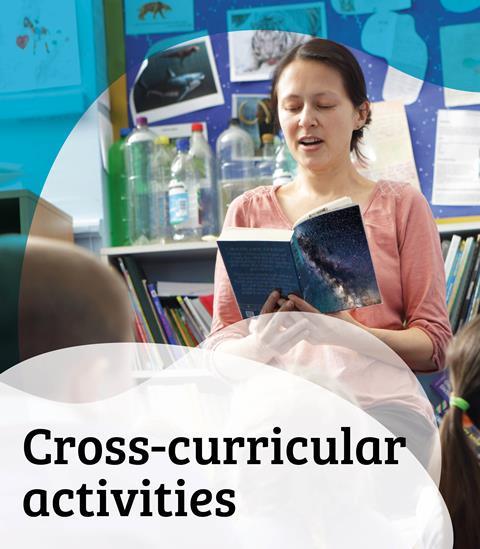What’s the chemistry behind butter? This experiment will show how butter is made and let learners give it a go
A few household items, and some delicious ingredients make this experiment a favourite for learners, teachers, and parents.
In this video, education coordinator Katie demonstrates how you can make butter in a few simple steps. This simple activity can be set for learners to try at home with a responsible adult or used as a classroom experiment.
Equipment list
- Double cream (about 100 ml)
- Container with a lid (make sure the container lid fits well otherwise you will make a mess. Jam jars or click lock containers work well).
- A pinch of salt (optional)
Health and safety
- Wash your hands
- Make sure the container is clean if you want to taste the butter at the end
Activity instructions
- Put some double cream into a container (about 100 ml). Make sure the container is only about a third or half full as there needs to be space for the cream to move.
- Shake the container hard until a solid lump of butter is formed. This can take a little while (10–15 minutes) so you may need someone else to help when your arm starts to hurt.
- Remove the butter from the remaining buttermilk using a sieve, add a pinch of salt to taste.
- Spread immediately on bread or a cracker and taste.
Explanation
Butter is a mixture of milk fat and water called an emulsion. By shaking the cream the fat molecules start to stick together. Over time more and more fat molecules will stick together forming one single lump of butter.
Adding a pinch of salt not only tastes good but it can help preserve the butter. Of course, you can add other flavourings to your butter too.
Also check out
- Experiment with the Vikings – a comprehensive collection of activities that help to incorporate STEM into your Vikings topic, which includes making butter (page 38 of ‘Everyday Life’).
- More simple experiments using everyday equipment, which your learners can try at home or you can bring to the classroom on our YouTube playlist.
- Read the CLEAPSS guidance on practical activities for pupils at home during extended periods of school closure, GL339.
- Read the SSERC guidance for primary home learning.
Downloads
How to make butter teacher notes
Handout | PDF, Size 31.21 kbHow to make butter teacher notes
Editable handout | Word, Size 86.53 kb
From kitchen to classroom

Simple chemistry experiments using kitchen cupboard equipment. Use in the classroom or set as an activity for learners to do at home with a responsible adult.
































No comments yet